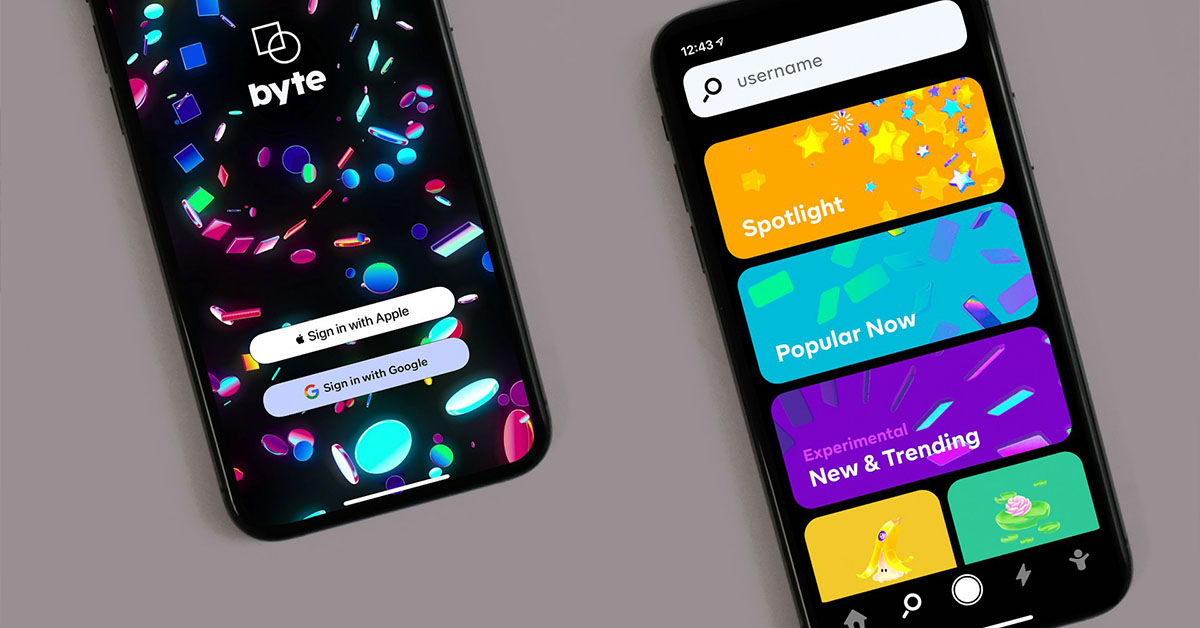We know, as a digital marketing agency based in Manchester, that we don’t exist in a bubble.
The content we design for our clients exists in a wider businesscontext, and to be effective, it has to reflect the culture of its audience and setting.
But how should this culture influence content design?

How Do You Design Content for Your Audience?
There is a potential global audience for your content, even if you haven’t factored this in. This might seem too general, it’s not not a bad starting point when considering your content design.
Why?
Because even if you have a niche market to appeal to, your content should enable easy engagement, while also encouraging your audience to discover more.
There are fundamental elements to designing content which should crossover to any audience:
- Clarity
- Readability
- Navigation
- Call to action
You must balance this general approach with what specific aspects your content will need to focus on to engage your target audience.
Every audience has a culture.
For example, B2B marketing will differ from B2C marketing content. And different audiences will have different values and priorities.
What, then, are the elements in content design where culture will have an influence?
Visual Impact
This is about the look and feel of your content.
It needs to be appropriate to the culture it is a part of, and to the industry and audience it is for.
There are two broad elements to consider here:
- Colour
- Symbolism
Colour can set the whole tone of a brand, its website and its digital communications.
You must consider colour psychology but also, when laying out text, colour contrast and readability.
Symbolism is important, because when you use symbols graphically they can be metaphors for your audience.
They help users make the association of familiar ideas and concepts with unfamiliar ones.
So, if you’re attempting to introduce a fresh idea, product or service, then how your content describes this both visually and in words can influence how your audience responds to it.
In terms of brand, it is also connected to your overall tone of voice, and how you speak to your audience.

Navigation and Information Processing
People have certain expectations when they land on a website.
They expect to be able to find what they are looking for easily, and to be able to explore the site without getting lost or confused by its content.
The culture of your audience can determine how it processes information, and your site navigation should reflect this.
There are two distinct thought processes you will need to consider:
- Analytical
- Holistic
An analytical culture focuses on individual information elements. If this is what defines your target audience, then your content design should be more structured.
Individual elements must stand out, and you should group together content that is about same or similar themes.
Alternatively, the holistic thought process would involve site visitors scanning a whole page first before forming an opinion.
If this is characterises your target audience, then you should design your content to be more neutral, so that readers can look at the entire page without distractions.

Can You Make Your Content Compelling?
Effective content design requires a clear understanding of both your target audience and the culture to which it belongs.
For content to have impact, it has to be clear, to look good, but also to feel right for its intended audience.
Content creation is therefore multi-disciplinary, combining words, images, interactivity and audience psychology.



